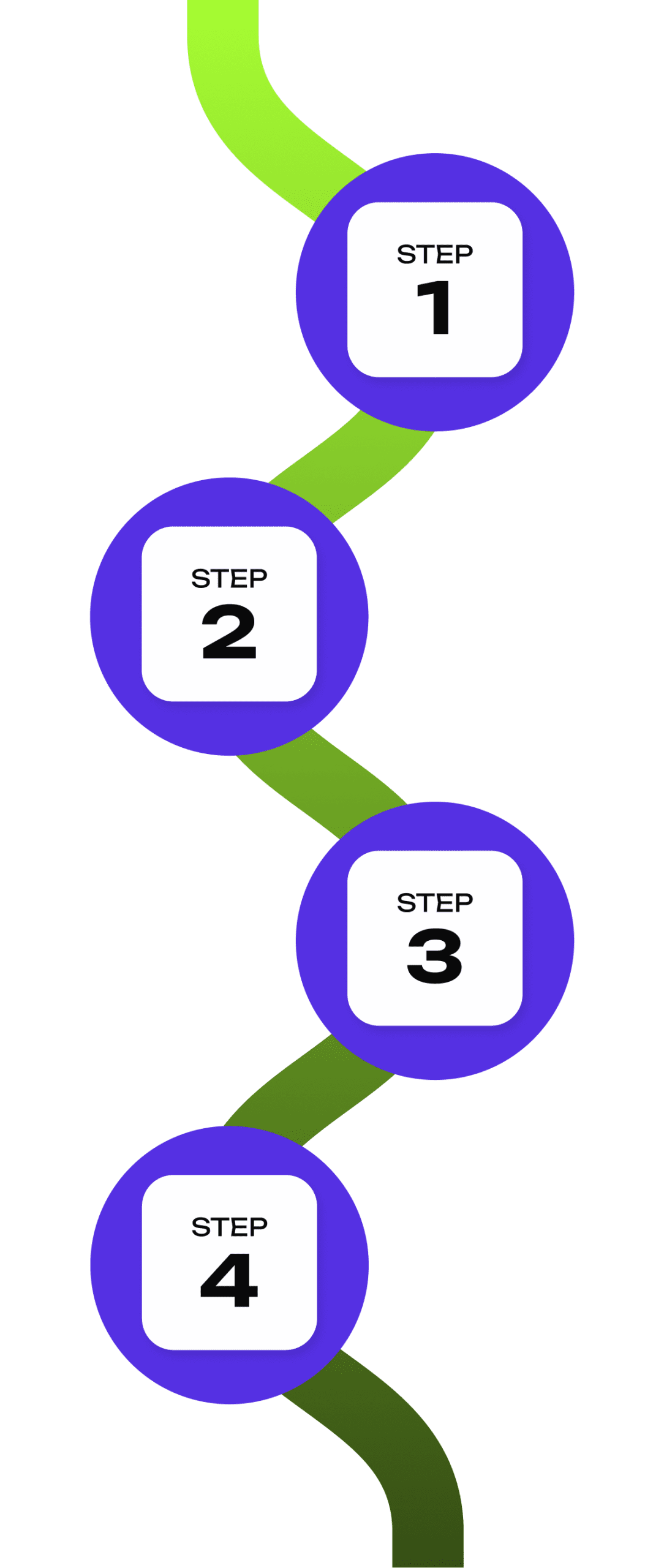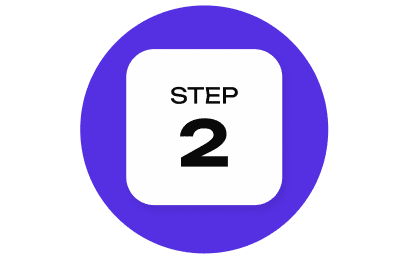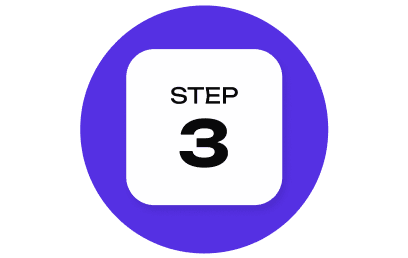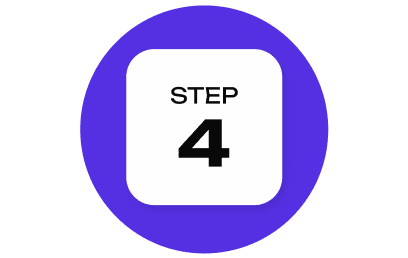
What?
This section presents a methodical approach for worker participation, combining the concepts, principles, and techniques. It provides a structured, step-by-step process that integrates design principles, organisational dynamics, and stakeholder collaboration to ensure meaningful and sustainable participation.
Why?
The purpose of this approach is to facilitate inclusive involvement, allowing workers to be actively engaged, not just heard, in shaping the processes and systems that impact their work.


Roadmap
Identify the Model for
Worker Involvement
There are several models of involvement:
- Designer representing workers
- Designer consulting workers
- Workers participating in the design process
- Workers as designers
*Choose based on project goals, culture, and readiness.
Determine the Approach for
Collecting Data and Insights
Choose among:
- Empirical
- Experimental
- Scenario-based
*Can be combined depending on depth and complexity.
Decide on the Mode of
Worker Participation
- Direct participation
- Indirect participation
*Choice depends on scale, feasibility, and structures
Choose the Specific Method
for Worker Participation
Check the Solution Directions. Options include:
- Co-design
- Value co-creation
- Resonant co-creation
- Lead user innovation
- Living labs
- Explainable AI (XAI)
*Select based on goals and context.


Roadmap

Identify the Model for
Worker Involvement
There are several models of involvement:
- Designer representing workers
- Designer consulting workers
- Workers participating in the design process
- Workers as designers

Determine the Approach for
Collecting Data and Insights
Choose among:
- Empirical
- Experimental
- Scenario-based

Decide on the Mode of
Worker Participation
- Direct participation
- Indirect participation

Choose the Specific Method
for Worker Participation
Check the Solution Directions. Options include:
- Co-design
- Value co-creation
- Resonant co-creation
- Lead user innovation
- Living labs
- Explainable AI (XAI)
*Select based on goals and context.

Key considerations for
effective worker participation
Key considerations for effective
worker participation
• National labor laws
• Organizational policies
• Management approach
• Past research and evaluations
Provide training in:
• Communication
• Decision-making
• Problem-solving
• Design thinking
Establish:
• Mentorship programs
• Peer-learning exchanges
• Encourages sustained engagement and innovation.
Establish formal feedback channels:
• Suggestion systems
• Digital platforms
• Regular meetings
• Ensure closed-loop communication.
Integrate with formal structures:
• Codetermination
• Work councils
Enhances legitimacy and effectiveness.
Bridge daily vs. strategic risk:
- Risk mapping; boundaries & escalation
- Calibration workshops; open forums
- Shared tools: risk matrices & dashboards
Broaden goals beyond productivity:
- Add skills development (“reproductivity”)
- Include human-centred KPIs (safety, usability, wellbeing)
- Co-design that complements unions/works councils
- Ensure participation is real (not tokenistic)
See the full guidebook for a deeper understanding
See the for a full guidebook deeper understanding
